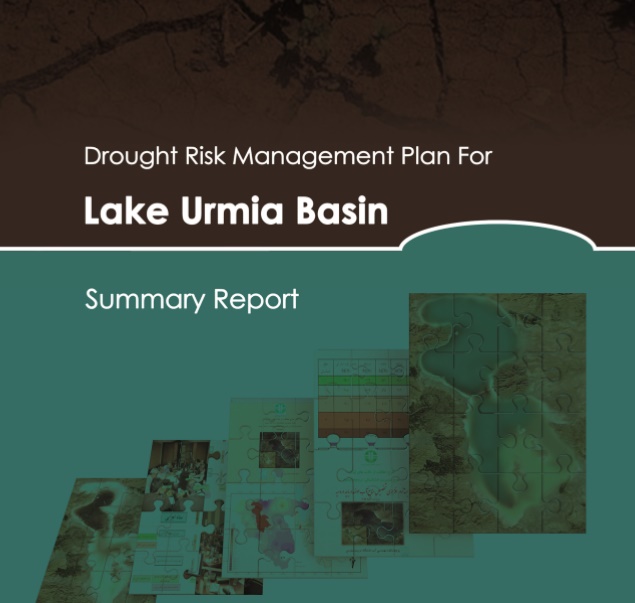
Lake Urmia (LU) basin is located in northwest of Iran with a total area of 51800 km2 (Figure 1). It is the largest lake in the country and is also one of the world's saltiest bodies of water. The political boundaries of three provinces (West Azerbaijan, East Azerbaijan and Kurdistan) cross the basin, which is a determinant constraint for any basin-wide planning. The lake has been shrinking since 1995 and its area has dramatically decreased. Continuation of the present condition will damage the region’s industrial and agricultural sectors and allow salt beds exposed by the shrinkage to be picked up by winds, creating a serious threat to the health of the inhabitants of the region. An integrated plan to save the lake was drawn by stakeholders, which was facilitated by the UNDP/GEF/DOE Conservation of Iranian Wetlands Project (CIWP). With the cooperation of the LU provinces, the Integrated Management Plan for Lake Urmia Basin (IMPLUB) was developed. The plan helps provincial and national agencies address the current critical ecological state of the lake, which is also required by the 4th National Development Plan. The most important agreement in this plan is to allocate 3100 MCM of water per year to the lake.